Construction of the world’s largest floating wind farm is now set to begin off the coast of Scotland, leading to renewable energy for around 20,000 households in 2017.
The 30MW project, called Hywind, is hailed as a solution to the problem of tapping into the North Sea’s huge wind-energy potential without the high cost of fixing turbines to the seabed in deep water.
The starting pistol on the $245m scheme was fired today when rights holder Crown Estate granted a lease to the area known as Buchan Deep to Hywind’s developer, Norway’s oil company Statoil.
Five 6MW turbines will bob 25km offshore Peterhead, near Aberdeen, in water depths of up to 120m, which is deeper than any offshore UK wind installation to date.
The pilot park will cover around 4 sq km in an area of the North Sea where wind speeds average 10 metres per second, according to Statoil.
Hywind is scheduled to begin generating electricity by the end of next year.
“We are very pleased to develop this project in Scotland, in a region with a huge wind resource and an experienced supply chain from oil and gas,” said Leif Delp, Statoil’s project director for Hywind.
“Through the hard work of industry and supportive government policies, the UK and Scotland is taking a position at the forefront of developing offshore wind as a competitive new energy source.”
Statoil has been testing the concept of a floating turbine in a demonstration project off the Norwegian coast, and made the final investment decision for Hywind Scotland in November last year, committing $245m (NOK 2 billion).
The concept involves mounting the turbines on floating ballasted cylinders, each moored by three lines to the seabed.
Statoil says its proprietary pitch-motion control system is integrated with the turbine’s control system to mitigate the loss of generating capacity caused by excessive wave motion.
When Statoil made its final investment decision last year Irene Rummelhoff, executive vice president for New Energy Solutions, said the innovation would catalyse a global market.
“Our objective with the Hywind pilot park is to demonstrate the feasibility of future commercial, utility-scale floating wind farms,” she said.
“This will further increase the global market potential for offshore wind energy, contributing to realising our ambition of profitable growth in renewable energy and other low-carbon solutions.”
In March this year Statoil awarded UK-based Balfour Beatty an $8m (£5.5m) contract for the electrical system interface on Hywind. The contract includes engineering, procurement, construction and installation for the onshore cable and substation in Peterhead.
Photograph: Statoil’s illustration of floating Hywind turbines off Scotland (Statoil)
Comments
Comments are closed.


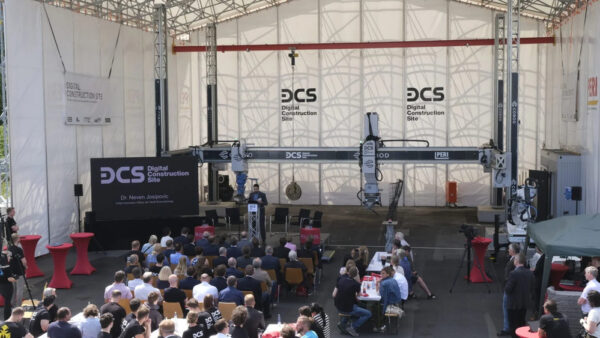
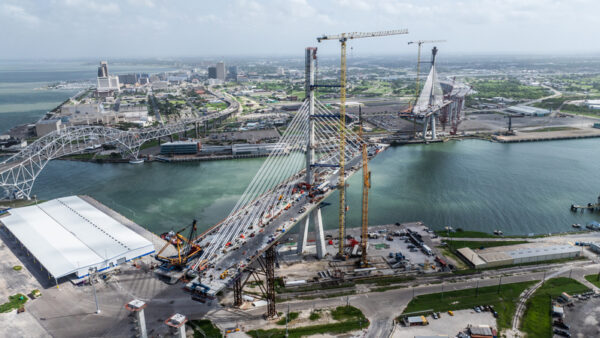
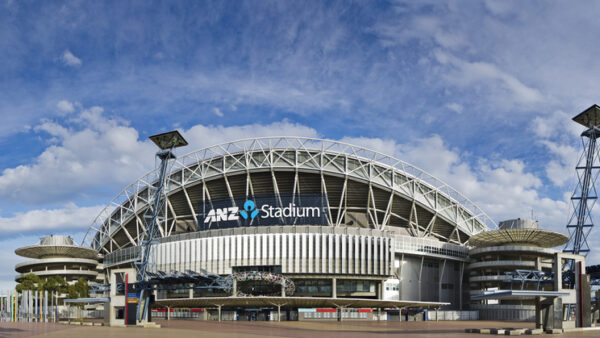
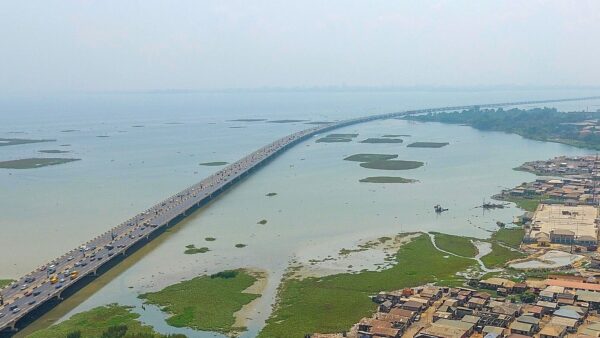
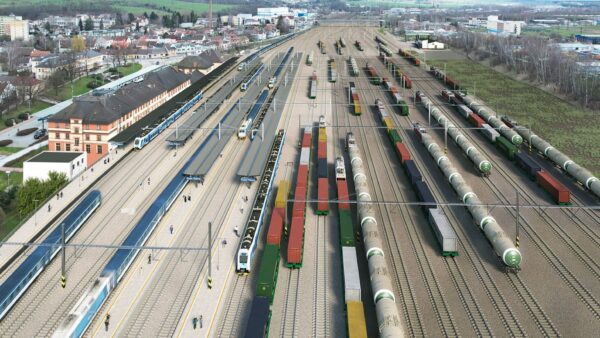
The worlds first floating wind farm – Statoil video on YouTube
https://www.youtube.com/watch?v=PpMOP5ogWWA
“Ballast-stabilized and anchored to the sea bed” – video at 0:30
“Tested for six years in the North Sea”
Well I do wonder if in testing with this design the structure has encountered problems with leaning from the vertical and swaying, with wind, wave and sea current forces?
My concern is that there are only 3 cables which anchor the structure to the sea bed which only attach to the structure at the one depth.
As shown in the video, the structure will be free to lean from the vertical, pivoting about the attachment points of the cables.
The tower will not remain vertical as required because of the action of the variable sea-current, waves and wind forces generating a torque.
When the structure deviates from the vertical, there will be a righting torque from the low centre of gravity well below the high centre of buoyancy, which will prevent the structure leaning too far or capsizing.
The mass and the subsurface volume of the structure is what will determine the forces which contribute to the righting torque.
Damping of the oscillations will come from
1. water resistance, a complex function of the cross section of the structure versus distance from the pivot point and
2. the power cable which seems to exit underneath the base of the tower to lie along the sea bed
However damped, the structure will in general not be steady and vertical but swaying and leaning.
The better design I think would be to use two well-spaced (which minimizes the cable forces required to resist leaning torques) attachment depths
1. at the base of the structure
2. as high as possible on the structure – near the surface of the sea should be fine, either just above or below the sea surface,
with 3 cables at each attachment depth making 6 cables in all.
A bad design which doesn’t work well and has to be replaced will be costly.